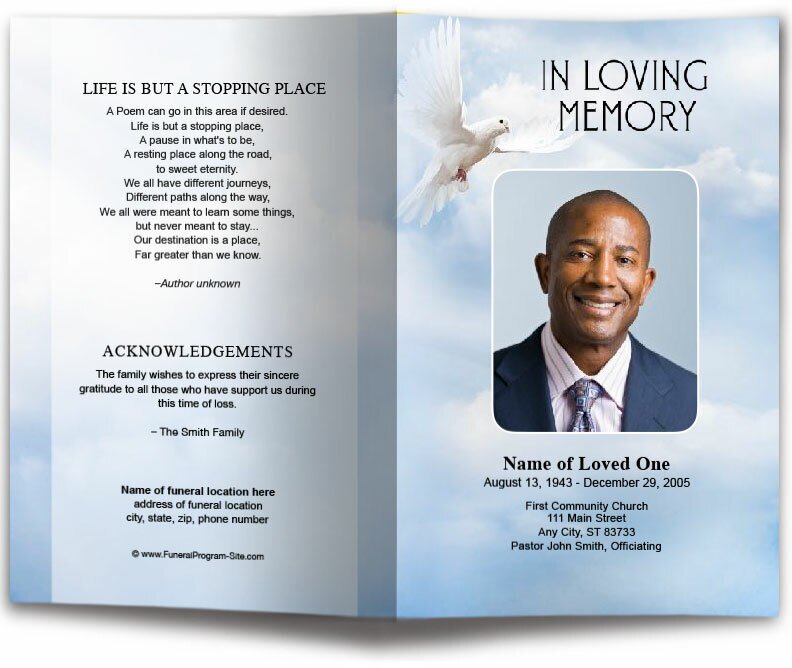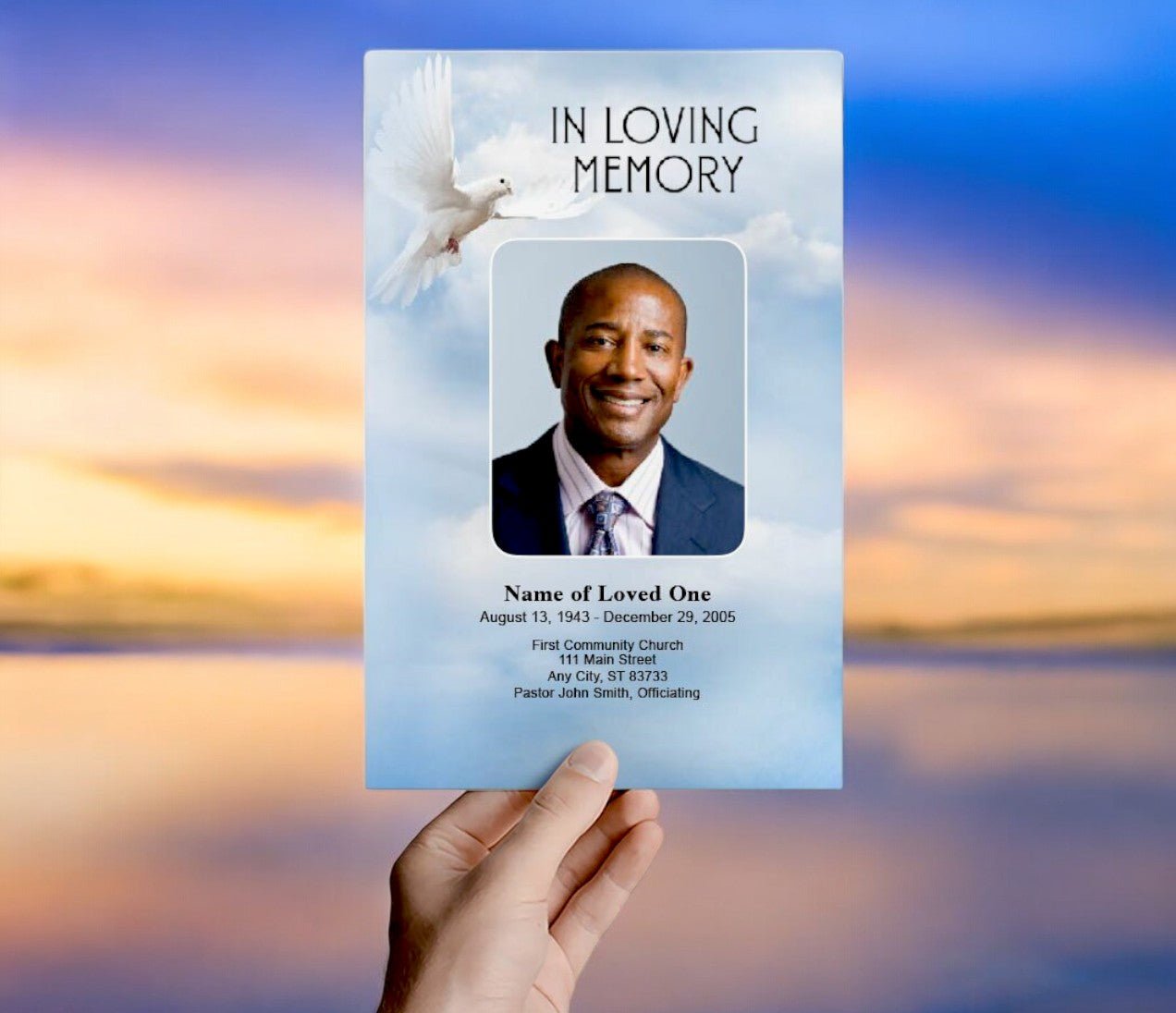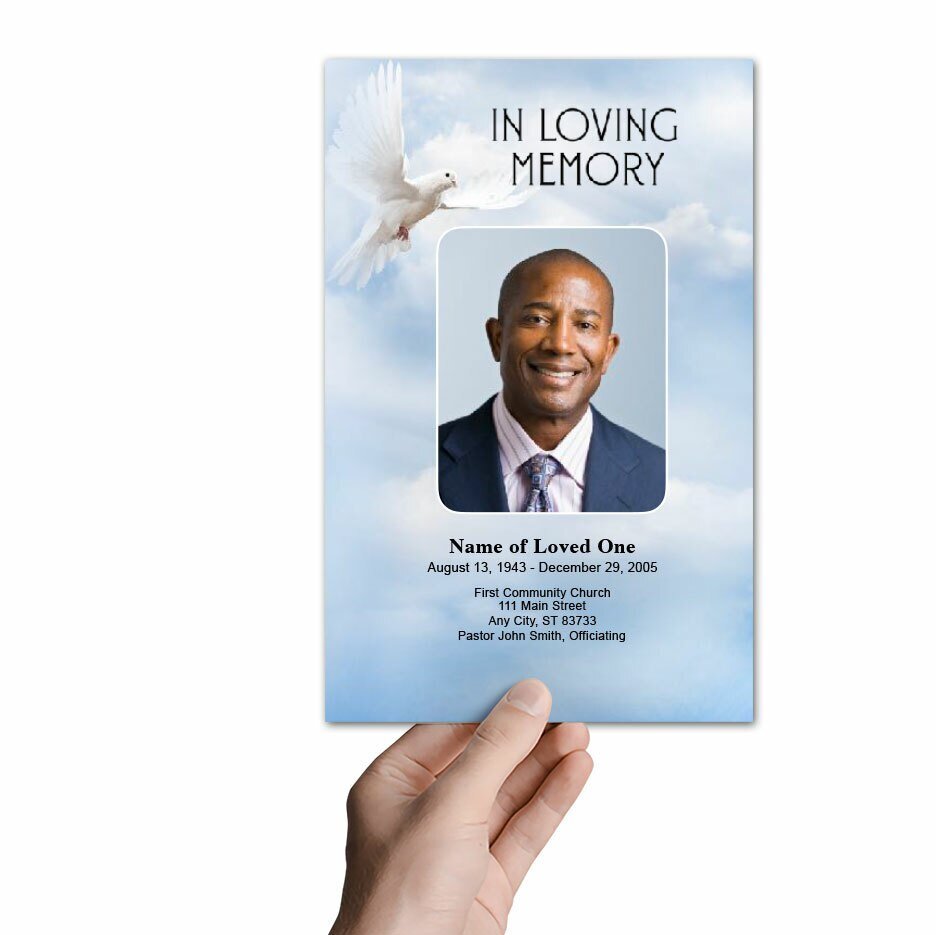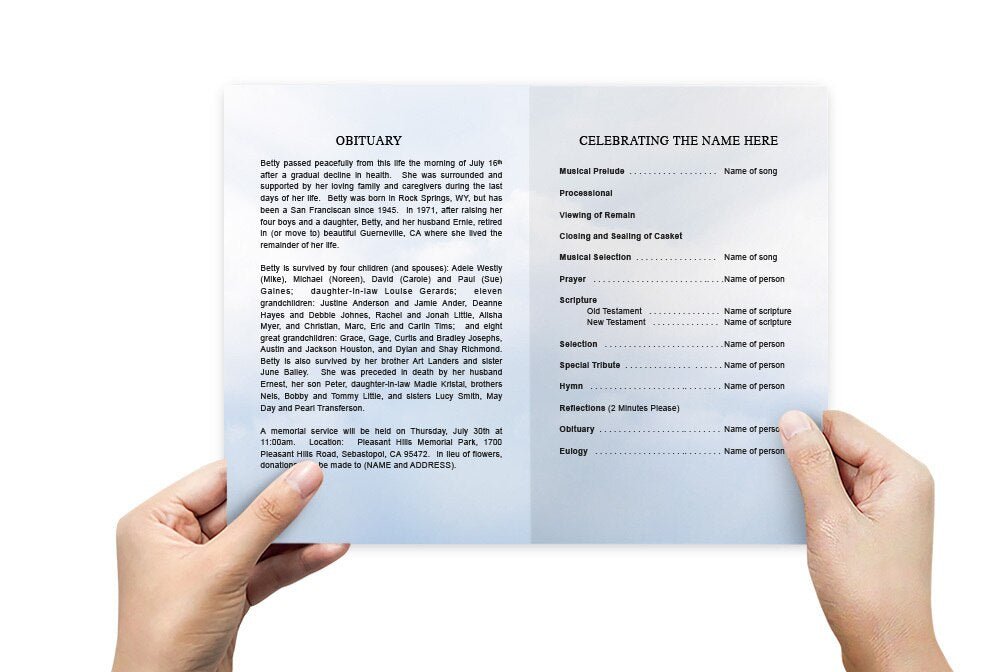Funeral Wake vs. Viewing: Understanding the Differences

When planning a funeral, families are often faced with various options for honoring their loved ones. Two common types of gatherings that are part of this process are the wake and the viewing. While both serve as opportunities for family and friends to come together, grieve, and offer support, they differ in terms of customs, traditions, and purposes. Understanding the distinctions between a wake and a viewing can help families decide which is more appropriate for their cultural, religious, and personal preferences.
This article provides a comprehensive overview of funeral wakes and viewings, highlighting their differences, significance, and the roles they play in the grieving process.
1. What is a Wake?
A wake is a traditional event that usually takes place before a funeral or burial service. Historically, wakes were held in the home of the deceased or a close family member, but today they are more commonly conducted at funeral homes, churches, or community centers. The concept of a wake originates from old European customs, particularly in Ireland, where families would "wake" or stay awake with the deceased body overnight. This practice was believed to safeguard the deceased's spirit and offer a chance for the soul to pass peacefully.
Modern Wake Traditions:
Today, wakes are often a mix of mourning and celebration, providing a space where family and friends can gather to honor the deceased. The body is typically present in an open casket (though it can be closed if preferred), allowing mourners to view the deceased, pay their respects, and say their final goodbyes. Wakes often include prayers, readings, or eulogies led by clergy, family members, or friends, depending on the religious and cultural background of the deceased. Some wakes are more solemn, while others may include storytelling, music, food, and drinks, creating a supportive and community-oriented atmosphere.
Purpose of a Wake:
The primary purpose of a wake is to provide an informal and personal setting where family, friends, and the community can come together to grieve, comfort one another, and share memories of the deceased. It is an essential part of the grieving process, helping loved ones express their emotions, receive support, and find a sense of closure before the formal funeral or burial service.
Cultural Variations in Wake Practices:
Different cultures have their unique variations of wakes. For example, in Irish culture, wakes are often lively gatherings with music, storytelling, and sometimes humor to celebrate the deceased's life. In Hispanic and Latino communities, the wake, often called a "velorio," may include prayers, rosaries, and religious rituals to honor the departed. In the African American community, wakes can be deeply spiritual and may involve gospel music, testimonials, and family reflections, creating a space for both mourning and celebration.
2. What is a Viewing?
A viewing, also known as a visitation, is a more structured and generally more subdued event compared to a wake. It typically takes place in a funeral home, a church, or a family home and usually occurs in the days leading up to the funeral service. The body of the deceased is usually present, either in an open or closed casket, allowing mourners to view the deceased and pay their respects.
Characteristics of a Viewing:
- Duration and Format: Viewings are often shorter than wakes, typically lasting a few hours in the evening or the day before the funeral service. Some viewings may also be held on the same day as the funeral, providing a quiet moment of reflection before the more formal proceedings.
- Atmosphere and Setting: The atmosphere of a viewing is generally quiet, somber, and reflective, allowing for a more intimate experience for mourners. The setting often includes soft lighting, background music, flowers, and a guest book where attendees can leave messages for the family.
- Opportunity for Private Reflection: Unlike wakes, which can sometimes be more social and involve food, drink, or music, viewings tend to be more focused on providing a quiet environment for mourners to reflect, pray, or pay silent tribute to the deceased.
Purpose of a Viewing:
The primary purpose of a viewing is to allow family and friends to see the deceased one last time, say their final goodbyes, and offer condolences to the grieving family. This act of viewing the body can be an essential step in the grieving process, helping individuals come to terms with the reality of loss and begin the emotional journey of healing.
3. Key Differences Between a Wake and a Viewing
While both a wake and a viewing serve as pre-funeral gatherings where mourners can pay their respects to the deceased and support the bereaved family, there are several key differences between the two:
-
Atmosphere and Tone: Wakes can vary widely in atmosphere, ranging from solemn and contemplative to celebratory and even lively, depending on cultural, religious, or personal preferences. Viewings, on the other hand, are almost always solemn and subdued, focusing on quiet reflection and respect.
-
Structure and Formality: Wakes tend to be less structured and more flexible, allowing for a range of activities such as storytelling, prayer, music, and sharing memories. They can last for several hours or even overnight. Viewings are generally more formal and time-constrained, with mourners often arriving in a procession to view the body, express condolences, and leave within a shorter timeframe.
-
Location: While wakes can be held in various locations, including funeral homes, churches, community centers, or private residences, viewings are more commonly held at funeral homes or churches due to their more formal nature.
-
Religious and Cultural Customs: The choice between a wake and a viewing may also depend on religious and cultural customs. For example, Catholic and some Protestant families may choose a wake that includes prayers, rosary services, or other religious rituals, while a viewing may be preferred in traditions where a more subdued environment is desired.
-
Engagement and Activities: Wakes may involve more active participation from mourners, such as delivering eulogies, singing, or sharing stories. In contrast, viewings are typically more passive, with attendees quietly viewing the body, praying, or reflecting in silence.
4. The Role of Wakes and Viewings in the Grieving Process
Both wakes and viewings play essential roles in the grieving process, offering unique opportunities for closure, reflection, and support:
-
Emotional Closure: For many, seeing the body of the deceased in an open casket provides a sense of reality and finality, helping mourners accept the loss and begin the process of letting go. This is true for both wakes and viewings, though the environment in which this takes place can affect the emotional experience.
-
Community Support: Wakes and viewings provide a space for the community to come together, share in collective grief, and offer support to the bereaved family. The presence of friends, relatives, and neighbors can be incredibly comforting, reminding the grieving family that they are not alone.
-
Remembering and Celebrating Life: Wakes, in particular, can serve as a celebration of the deceased’s life, with storytelling, music, and other personalized elements that highlight the individual's personality, achievements, and impact. This communal sharing of memories can be healing and cathartic for mourners, allowing them to focus on the positive aspects of the deceased’s life rather than solely on the loss.
-
Spiritual and Cultural Significance: For many, wakes and viewings are not just social or emotional events but also carry deep spiritual or cultural significance. They provide an opportunity to perform last rites, pray for the deceased's soul, and honor cultural traditions that help guide the spirit into the afterlife or next phase of existence.
5. Choosing Between a Wake and a Viewing
When deciding between a wake and a viewing, it’s essential to consider the wishes of the deceased, the preferences of the immediate family, and the cultural or religious customs that may play a role in the decision-making process. Here are some factors to consider:
-
Personal Preferences of the Deceased: If the deceased expressed specific wishes for their funeral arrangements, these should be honored as closely as possible. Some people may prefer a more celebratory wake, while others might request a quieter, more private viewing.
-
Cultural and Religious Beliefs: Consider the cultural and religious context in which the deceased lived. Certain traditions and faiths may have specific guidelines or customs regarding wakes, viewings, and other pre-funeral gatherings.
-
Family and Community Dynamics: Think about what will be most comforting and meaningful for the grieving family and community. If the family values a communal, supportive environment, a wake may be more appropriate. If a quieter, more introspective setting is desired, a viewing may be the better option.
-
Practical Considerations: Consider the logistical aspects, such as the availability of venues, the number of attendees expected, and the resources needed to organize the event. A wake might require more preparation, especially if it involves catering, music, or extended hours, whereas a viewing may be more straightforward to arrange.
Funeral Wake vs. Viewing Conclusion
Wakes and viewings both serve as important rituals that provide comfort, support, and closure to the bereaved during a time of loss. While they share similarities in allowing loved ones to gather and mourn, they differ significantly in atmosphere, structure, and cultural or religious significance. By understanding the differences between a wake and a viewing, families can make informed decisions that honor their loved ones' memory and provide a meaningful experience for all those who come to say their final goodbyes.
© The Funeral Program Site
Funeral Program Templates and Memorials





























